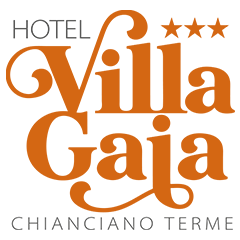What to do
The villages
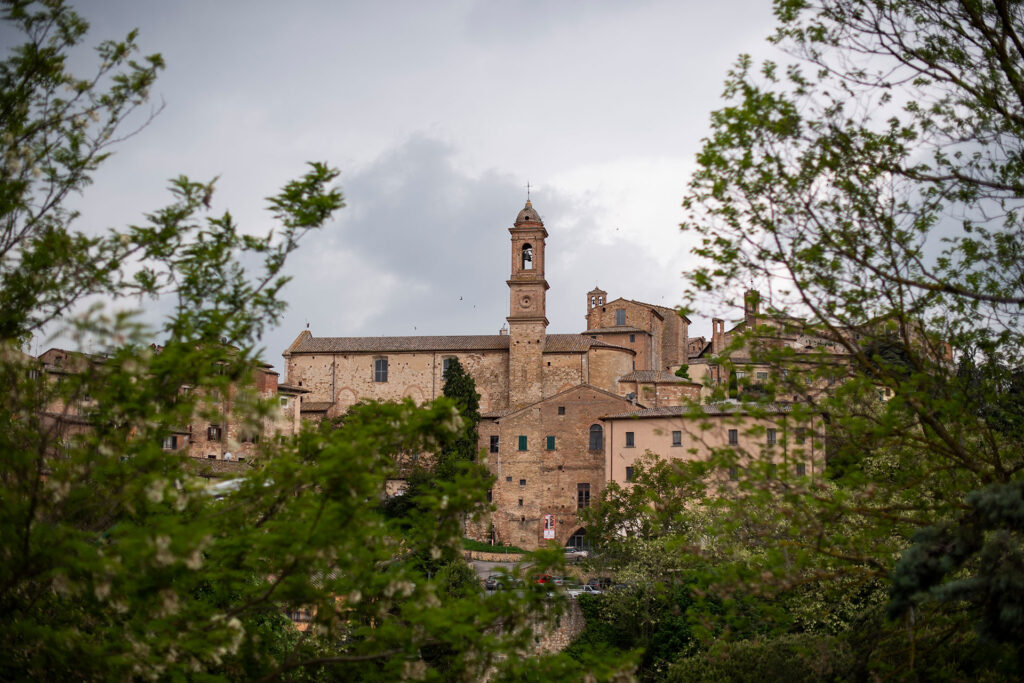
Montepulciano
Montepulciano, a charming medieval town located on top of a hill in the center of southern Tuscany and close to Siena, is an enchanting destination that is not to be missed. This unique village is home to elegant Renaissance palaces, ancient churches, stunning squares, and hidden sights, providing a timeless atmosphere. From its elevated position, it offers an extraordinary panorama that embraces the Val d’Orcia and the Val di Chiana. The beating heart of the city is Piazza Grande, home to major events such as Il Bravio delle Botti, a barrel-rolling race which takes place annually in August, offering unforgettable moments and much more. Exploring the narrow streets of Montepulciano is the best way to discover its beauty, while also enjoying the spectacle of the vineyards that produce the highly regarded Nobile wine, which dot the entire surrounding countryside.
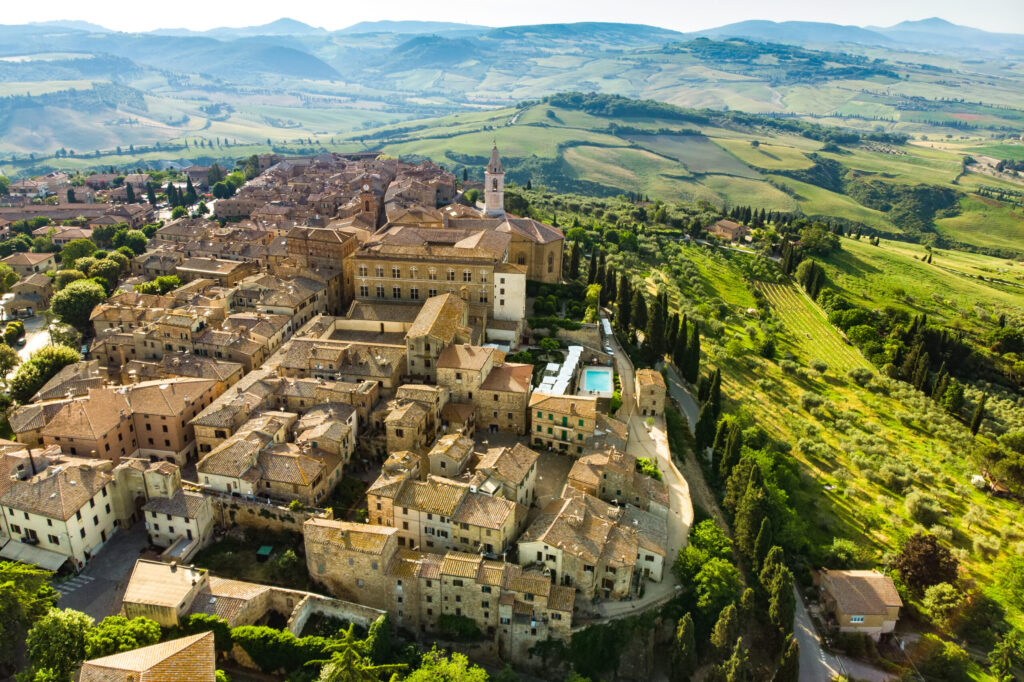
Pienza
Pienza is a beautiful place that opens up between breathtaking views and gentle undulations of the hills, a picture-postcard setting. Considered the ideal city of the Renaissance, it was founded at the behest of Pope Pius II, a native of these lands who was born to parents from a noble Sienese family. In 1996, it was recognized as a UNESCO site, an extraordinary testimony to Renaissance urban planning standards: the rational arrangement of its spaces and the magnificent perspectives of 16th-century squares and palaces catch the eye of anyone who visits it. The result of an ideal of absolute beauty, Pienza remains a diminutive jewel capable of winning the heart at first glance.
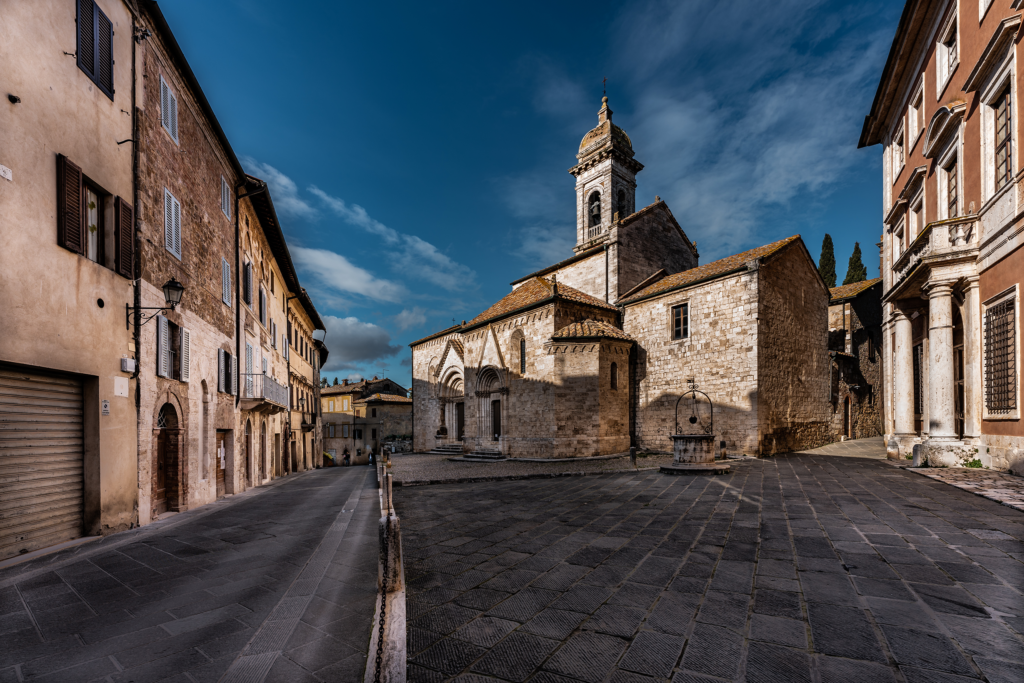
San Quirico D’Orcia
Exploring the heart of the Val d’Orcia, it’s impossible not to stop at the charming village of San Quirico, famous for being home to the most iconic and photographed cypress trees in all of Tuscany. Despite Despite its small size, the village has a vibrant vitality in summer, with street parties in the square and convivial evenings. Attractions not to be missed include the town’s two medieval churches, but above all the charming hamlet of Bagno Vignoni, a renowned spa resort distinguished by a thermal pool located in the center of the square. It is a truly unique and evocative image.
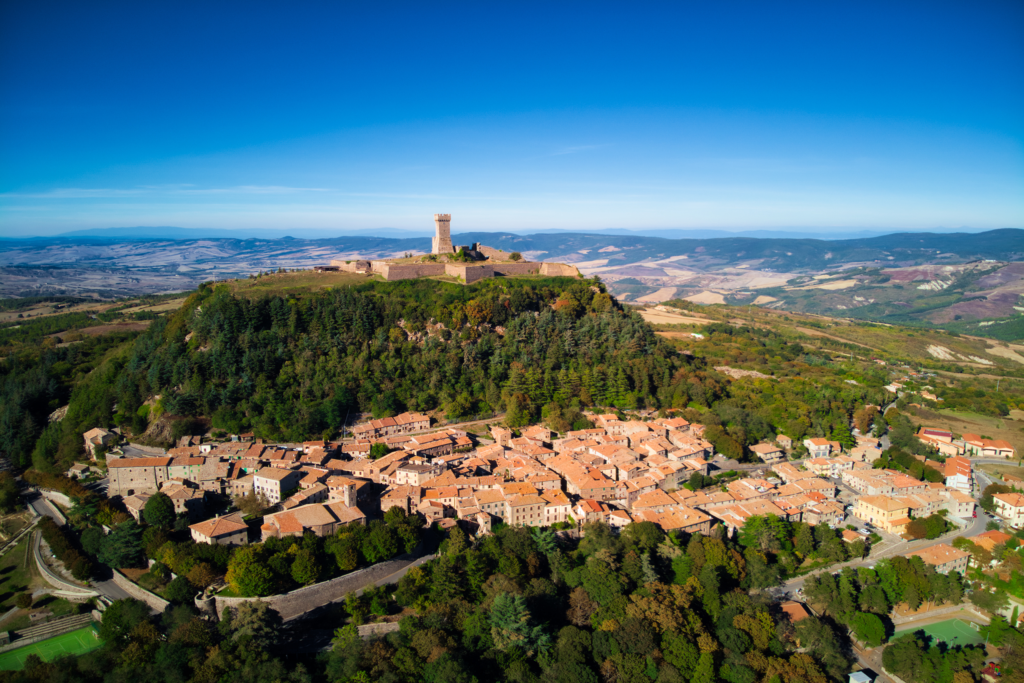
Radicofani
Although access may be more challenging (being located in a particularly elevated area), Radicofani is a charming medieval village that offers the beauty of the Val d’Orcia along with views of the Val di Paglia and Lazio, which can be reached via the ancient Via Cassia. From this picturesque village you can even see Mount Amiata and enjoy the majestic fortress of Ghino di Tacco, the legendary gentleman bandit also mentioned by Dante. He kidnapped wealthy travelers and, before releasing them after receiving a a ransom, organized sumptuous banquets in their honor, leaving an indelible memory. The center of Radicofani is characterized by striking stone buildings, porticoes, courtyards, and arches, which are already encountered in the pretty little square of San Pietro.
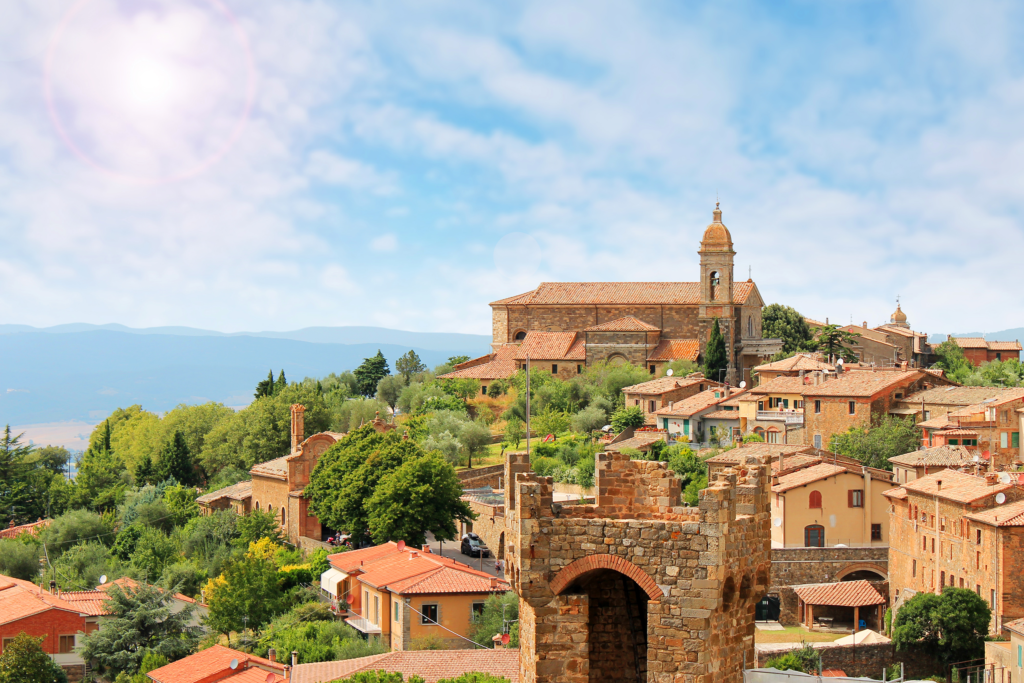
Montalcino
Montalcino is a delightful village that has maintained its beauty since the 16th century, surrounded by hills and evocative rural landscapes. Within its historic center, you can explore the Rocca built in 1361, offering a magnificent view of the splendid panorama of the Val d’Orcia and the Crete Senesi. Buildings of interest include the distinctive long narrow tower of the Palazzo dei Priori, overlooking the Piazza del Popolo, along with the Palazzo Vescolvile and the churches of St. Augustine, St. Egidio, and St. Francis. Two museums are worth a visit: the Civic and Diocesan Museum of Sacred Art and the Historical Museum of Bottles and Glass. A short distance from the village, in Castelnuovo dell’Abate stands the Abbey of Sant’Antimo, a place of considerable interest to explore. Montalcino is famous for its Brunello red wine, so a food and wine tour through the cellars of the area and a walk through the shops of the village are a must. You can take a tour of the city’s Friday market to find gastronomic and artisanal products such as ceramics.
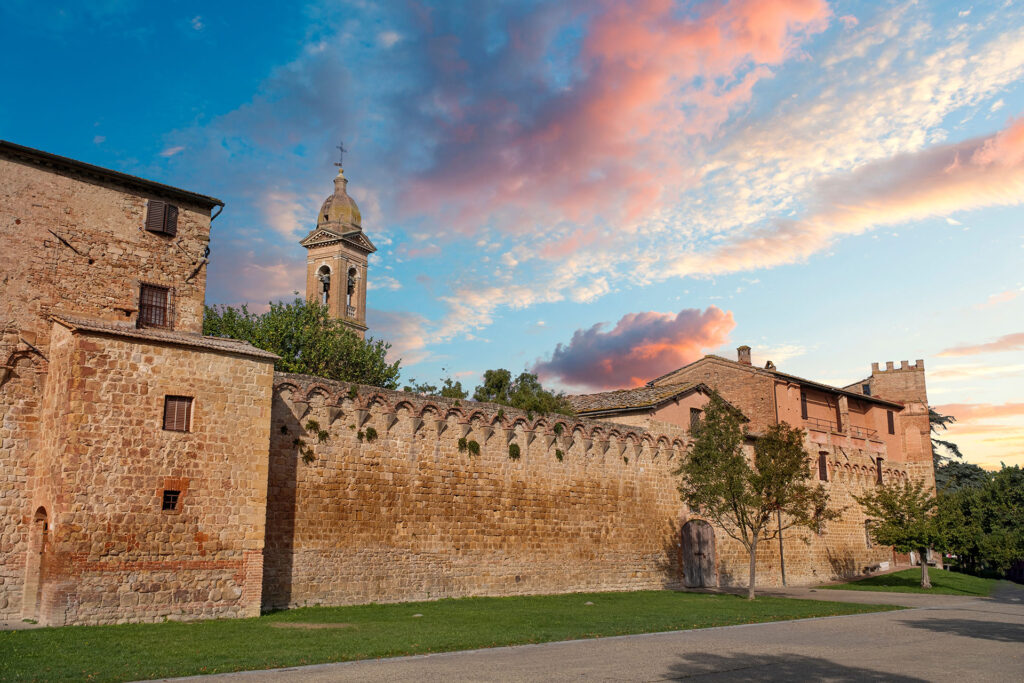
Buonconvento
In addition to the two museums in Buonconvento, the Museum of Sacred Art of the Val d’Arbia and the Museum of Mezzadria, the center of this charming village invites a pleasant stroll among the typical red-brick architecture and various picturesque corners perfect for taking evocative photographs. Among these are the Municipal Palace, with its charming brick facade, and the imposing Taja Palace, built entirely of bricks in the second half of the eighteenth century by a noble family. On the south side, the façade is embellished with a large balcony with a wrought iron railing and a sundial above. The Church of Saints Peter and Paul, completely rebuilt, has origins dating back to the early 1100s and now boasts a pretty red brick façade. It is the same building in which Emperor Henry VII died on August 24, 1313, while trying to mediate peace between the Guelf and Ghibelline factions. Inside, several works of art, including one by Duccio di Buoninsegna, are exhibited in the Museum of Sacred Art, a short distance from the church.
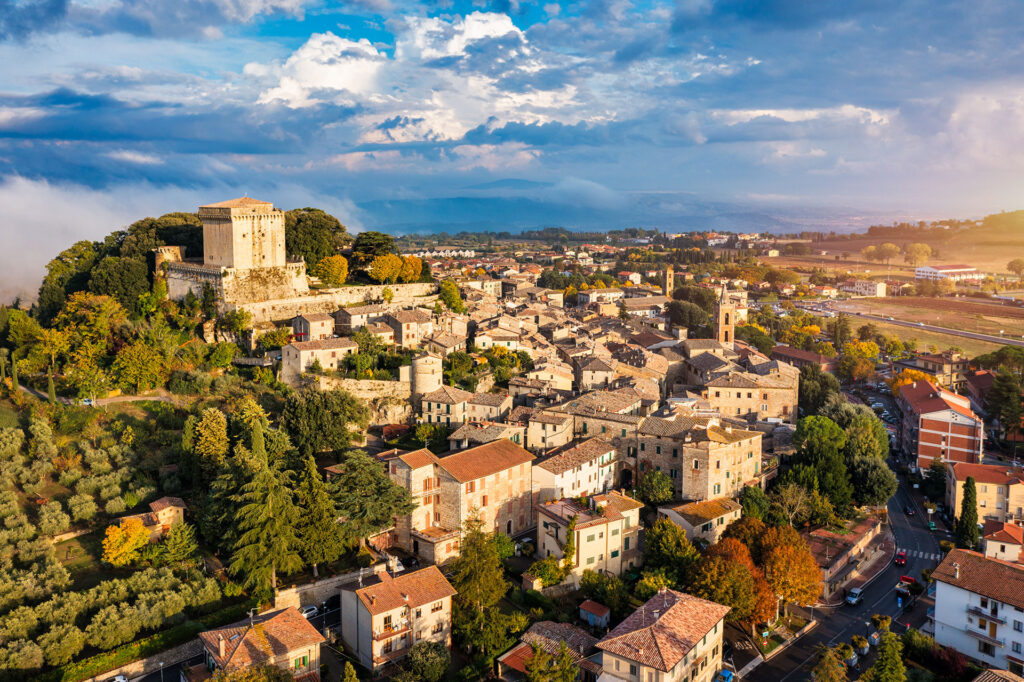
Sarteano
Sarteano is a must-visit destination for those who want to immerse themselves in Italian history, art, and culture. This ancient village, located in the green hills between the Val d’Orcia and the Val di Chiana, offers visitors a dive into the past, with its magnificent castle that towers over the city and the narrow medieval streets that beckon visitors to explore times of yore. Sarteano is famous not only for its rich historical heritage — the centerpiece of which is the civic archeological museum dedicated to Etruscan art — but also for its culinary traditions, with dishes that tell the story of a fertile, sun-kissed land. Here, nature lovers can enjoy landscapes that are perfect for hiking or cycling, while art enthusiasts can admire priceless frescoes and works of art scattered throughout the village.
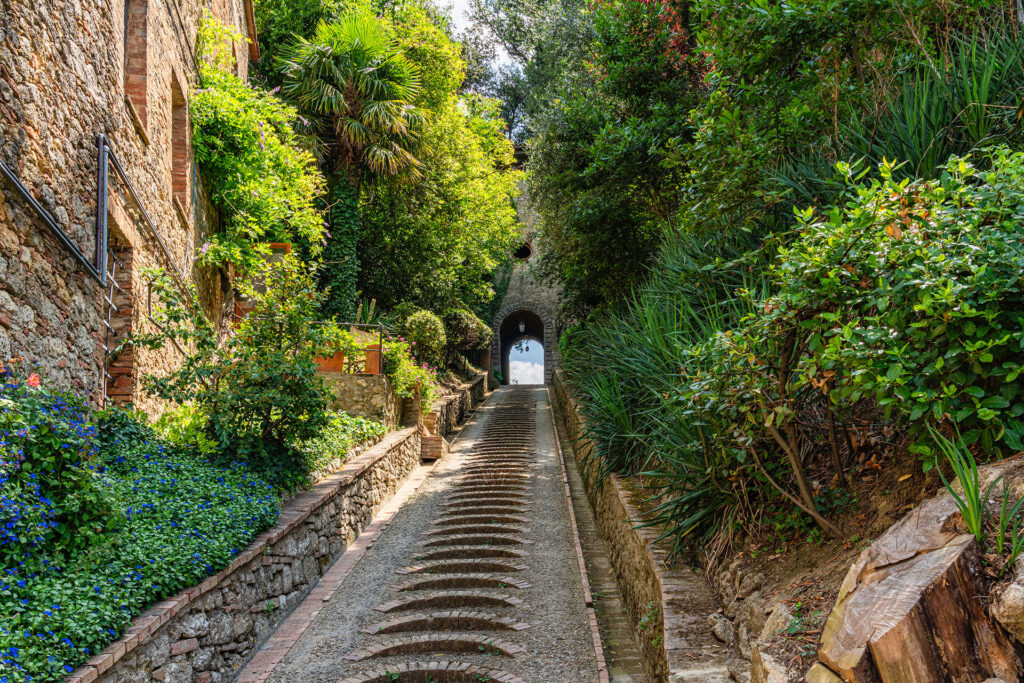
Cetona
This medieval village, surrounded by hills and lush olive groves, is a perfect destination for those seeking an experience far from the hustle and bustle of major tourist destinations.
Stroll through its cobblestone streets, admire the ancient stone houses, and let yourself be enchanted by the views of the Tuscan countryside. Cetona is famous for its warm hospitality, its restaurants offering typical local dishes, and the wine cellars where you can taste some of the region’s best wines. Don’t miss out on the chance to visit the Civic Museum of the Prehistory of Mount Cetona, a unique jewel that retraces the various settlement periods of the territory surrounding Monte Cetona, from the Paleolithic to the end of the Bronze Age. The Museum is closely connected to the Belverde Archeological–Natural Park: The area features a union of historical, archaeological, and natural elements showing scant evidence of human activity. It is a sort of oasis that, along with the Belverde Archeodrome – with its settings, structures, and artifacts – provides a superb record of the territory’s two prehistoric periods.
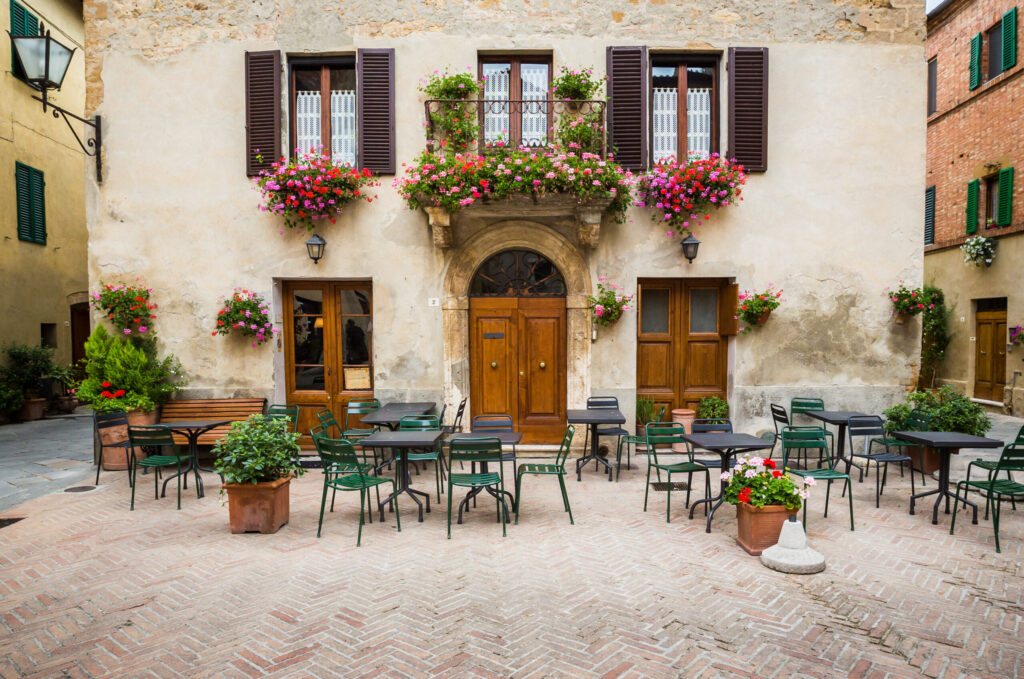
Monticchiello
Walking through the narrow medieval streets of Monticchiello, you’ll find yourself surrounded by the beauty of ancient stone buildings, silent witnesses to centuries of history. Every corner tells a story; every stone is a reminder of the past. The village is also famous for its “Teatro Povero” (“The Poor Theatre”), a tradition in which locals become the stars of theatrical shows that tell the story of life in the community and its traditions, providing visitors with an authentic and engaging cultural experience. Don’t forget to visit the Parish Church of Saints Leonard and Christopher (Pieve dei Santi Leonardo e Cristoforo), an architectural jewel that houses priceless important works of art and frescoes, and to enjoy a tasting of typical local products, such as extra virgin olive oil and fine wines, which make the cuisine of Monticchiello a veritable culinary treasure. Monticchiello is the ideal destination both for those who love nature, history, and art, and for those who are just seeking peace and tranquility.
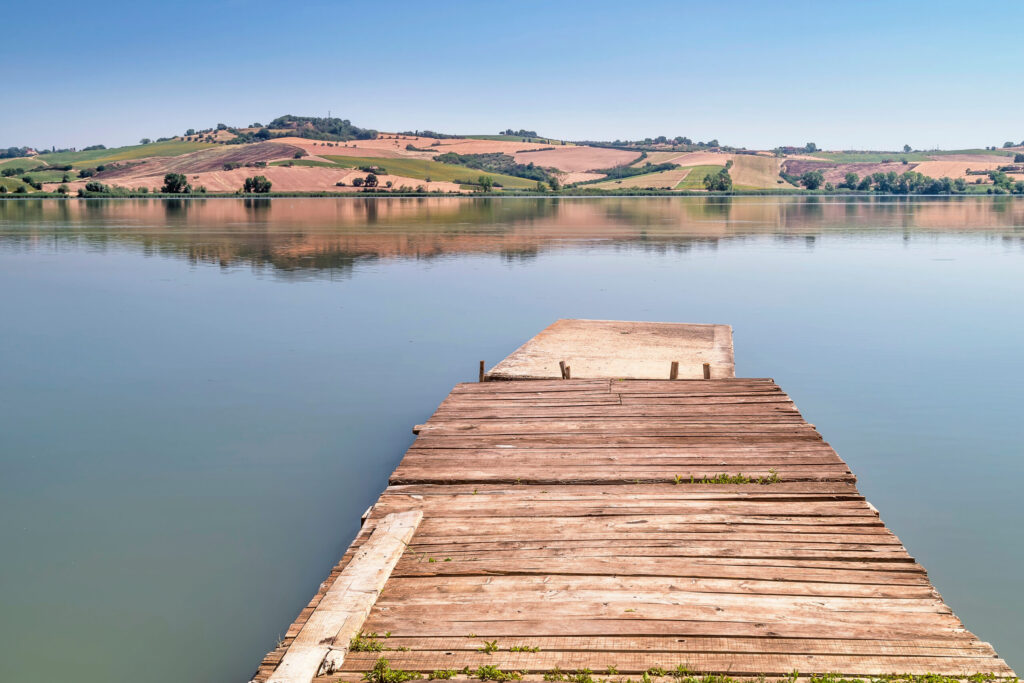
Chiusi
From the Etruscan civilizations, through the Roman Empire, until the Middle Ages: you can literally travel through time in Chiusi. A visit to the National Etruscan Archaeological Museum and the necropolis is essential, where you can discover unique artifacts that bear witness to the grandeur of these civilizations. After nourishing your mind, let nature enchant you: the hills that surround Chiusi offer postcard-worthy scenery, perfect for exploring on foot or by bicycle, perhaps as far as the captivating Lake Chiusi, the second-largest lake in Tuscany. It includes a WWF Oasis in its southernmost section. This area is the most interesting in terms of nature, due to the presence of a shallow-water area with abundant aquatic plants, and a hygrophilous forest with willows and poplars, but above all for its avifauna, including one of the largest colonies of herons in central Italy as well as several other migratory species.
To fully immerse yourself in local traditions, treat yourself to typical Tuscan dishes in one of the village’s cozy trattorias. Chiusi is a treasure just waiting to be explored.
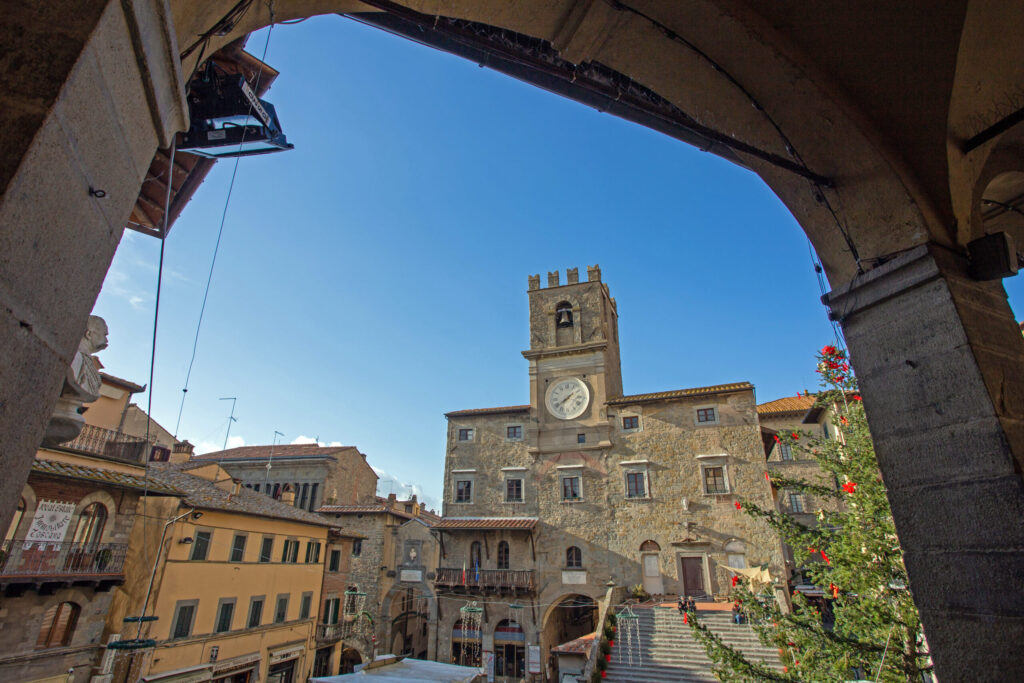
Cortona
Perched on the Tuscan hills, Cortona offers a unique fusion of history, culture, and breathtaking scenery. Surrounded by Etruscan walls, this ancient village is a true paradise for explorers who wish to immerse themselves in centuries of history while enjoying the surrounding natural wonders. As you stroll through the cobblestone streets, you’ll find yourself surrounded by a wealth of art and architecture that narrates the tales of bygone eras. The Basilica of Santa Margherita, located at the top of the hill, and the Diocesan Museum, with its works of sacred art, are just some of the local attractions. Cortona is also an enchanting showcase of Tuscan cuisine, with its hidden trattorias and restaurants serving traditional dishes in charming settings. Wine lovers will be keen to explore the local wine cellars with tours and tastings. For adventurers, the surrounding hills and valleys offer hiking trails with scenic views of Tuscan landscapes, a perfect setting for those who love photography or simply want to connect with nature.
Trails, Trekking, Hiking
Trekking and hiking in our area is a fascinating journey through the green hearts of Tuscany and Umbria, where the experience of trekking blends with millennia-old history, tradition, and beauty.
Lake Trasimeno and its surroundings
Lake Trasimeno is definitely a great place for a short walk that’s not too strenuous. It’s a lake that’s extremely deep, with three islets and ten villages. We suggest visiting two: Castiglione del Lago and Passignano sul Trasimeno. The evocative village of Castiglione del Lago, overlooking the shores of the lake, contains centuries of history and culture. . Its cobbled streets and welcoming squares invite you to get lost in the alleys, breathing in the medieval atmosphere that still pervades this place. A visit to the majestic Castello del Leone, with its imposing walls, offers a spectacular view of the placid waters of Trasimeno. Passignano sul Trasimeno, another gem not to be missed, enchants visitors with its picturesque lakefront and panoramic view. The village retains its authentic charm, with colorful houses that are reflected in the calm waters of the lake. A tour of the historic center reveals artisan shops, cozy trattorias, and evocative corners, transporting visitors on a journey into the past.
- Chianciano Terme, Val d'Orcia, and Lake Trasimeno become the ideal stage for those who want to immerse themselves in unspoiled nature, explore ancient paths and discover fascinating villages.
- The picturesque village of Monticchiello, with its cobbled streets and medieval walls, becomes a starting point for romantic walks. The trails that wind through the hills offer an authentic perspective on rural Tuscan life, with cultivated fields and views capable of astounding every time.
- A short distance away, the hilly village of Montepulciano welcomes trekking enthusiasts with breathtaking views. The paths between the vineyards, where the renowned Vino Nobile is produced, reveal magical glimpses and a combination of winemaking tradition and evocative landscapes.
- The trails of the Val d'Orcia, then, are an authentic jewel. The Sienese clays, the majestic cypresses, and the fields of poppies create a canvas of colors and aromas that accompanies each step. This valley, declared a UNESCO World Heritage Site, offers iconic trails and spectacular views.
Cycling routes
Cycling in Tuscany is always a good idea. It is an emotional journey that awakens the senses and opens the heart. Every curve, every climb, and every landscape are part of a narrative that speaks of the authentic beauty of this land. Discover the magic of bike paths, where every ride is an opportunity to connect with nature and create unforgettable memories. Here the wind caresses the hills and the scents of nature mingle with the excitement of cycling and the roads, when traveled by bike, stir the heart and capture the soul. On the hills, where the vineyards extend like green paintings and the olive trees dance to the rhythm of the wind.
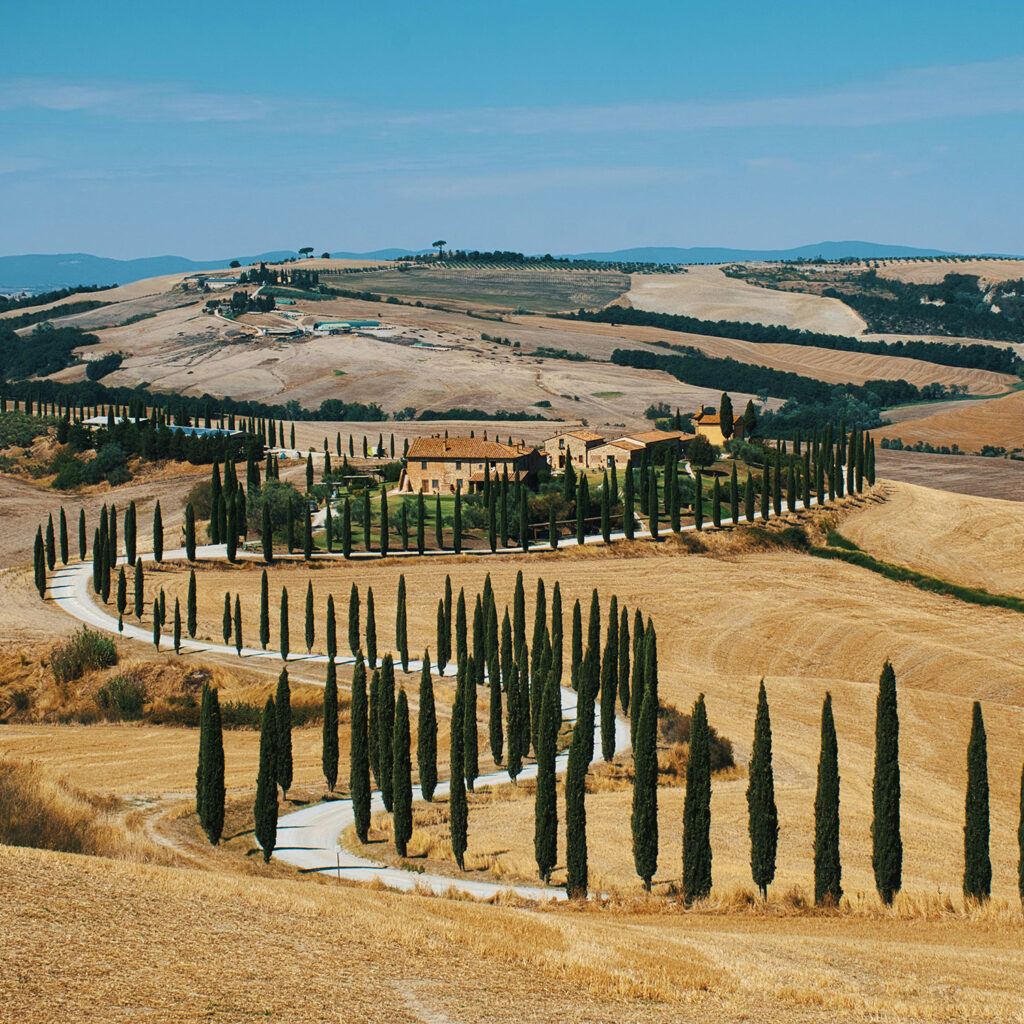
- Along the Val d'Orcia bike path, a carpet of color spreads like an art canvas. The elegant dance of the cypresses accompanies you along the way, offering views that seem to have emerged from a Renaissance painting.
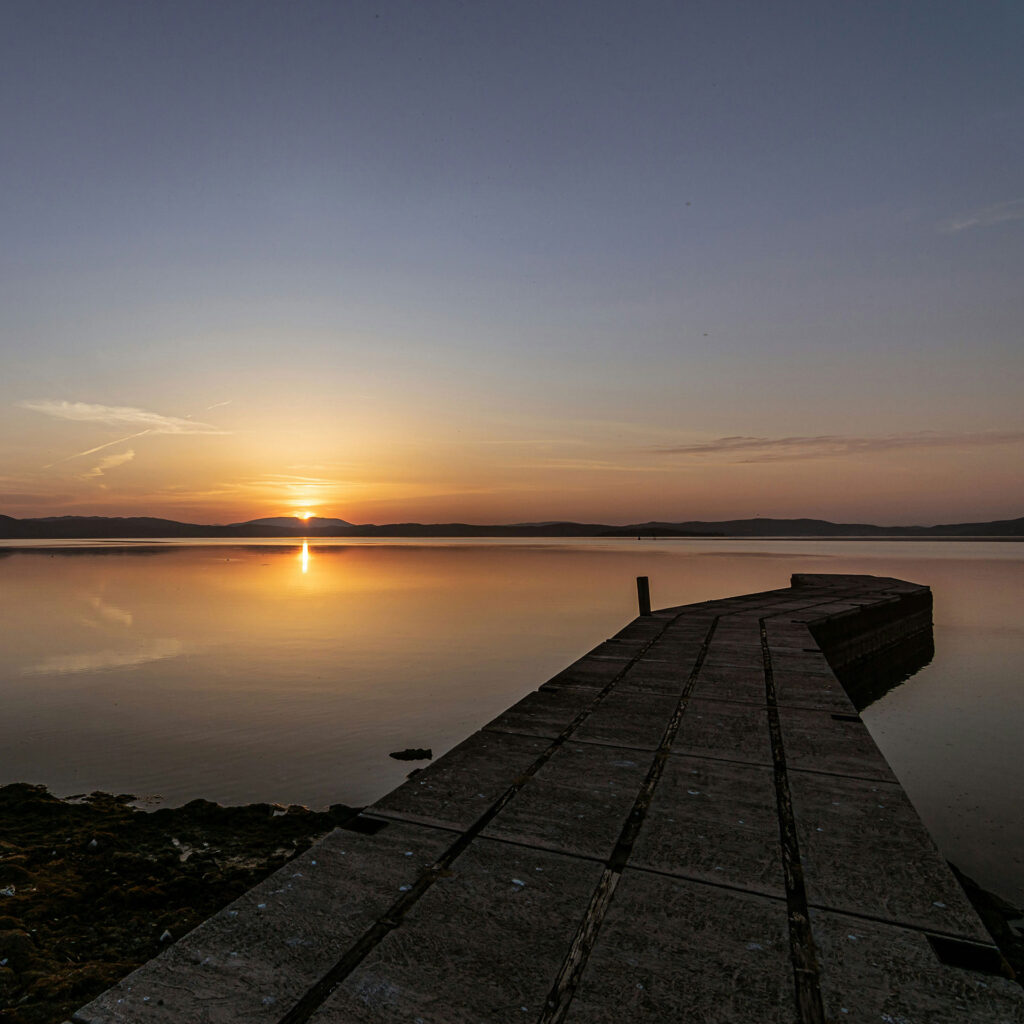
- Then, venturing towards Lake Trasimeno, along the shores you can capture the reflection of the serene sky and the playful clouds. A break in one of the surrounding picturesque villages will allow you to savor the local cuisine and let yourself be enraptured by the tranquility of the place.
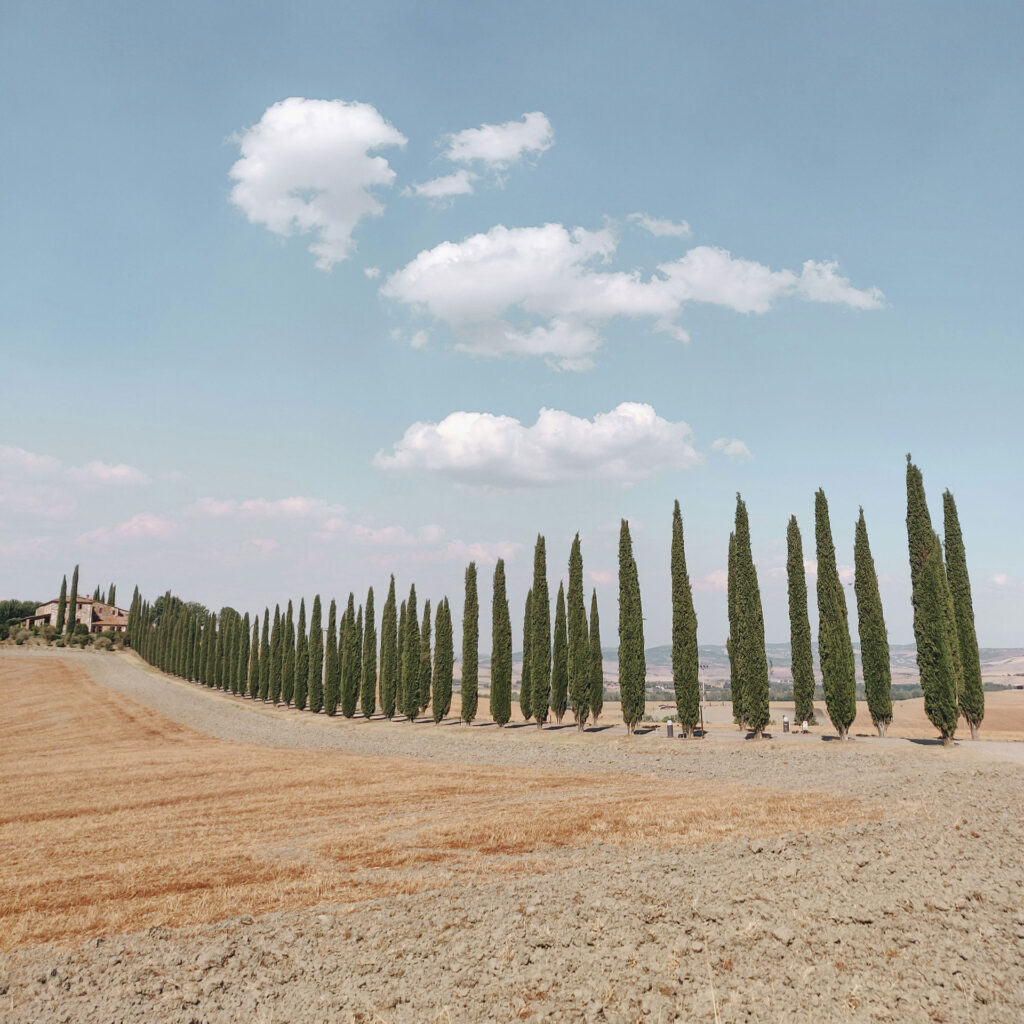
- On the Via Francigena, an ancient road traveled by medieval pilgrims. Between medieval villages and Crete Senesi.



- Along the Val d'Orcia bike path, a carpet of color spreads like an art canvas. The elegant dance of the cypresses accompanies you along the way, offering views that seem to have emerged from a Renaissance painting.
- Then, venturing towards Lake Trasimeno, along the shores you can capture the reflection of the serene sky and the playful clouds. A break in one of the surrounding picturesque villages will allow you to savor the local cuisine and let yourself be enraptured by the tranquility of the place.
- On the Via Francigena, an ancient road traveled by medieval pilgrims. Between medieval villages and Crete Senesi.
Parks and natural sites
Chianciano Terme and its surroundings are an invitation to discover the richness of the parks and natural sites that surround this land. Each walk becomes a journey through unique landscapes, enriching your experience with the wonder of nature.
- There is Parco Fucoli, a place where nature meets entertainment, very suitable for even the youngest children.
- Then there is the Bosco della Ragnaia, in San Giovanni d'Asso, an extraordinary work of living art created by the artist Daniel Spoerri. This forest transforms nature into an outdoor museum, where trees and sculptures interact in a unique combination. In our neck of the woods, Mother Nature has been truly generous. All you have to do is discover the many ways to experience and live and breathe it the way you want to.
- A short distance from Chianciano, the Lucciola Bella Nature Reserve in Pienza, invites you to immerse yourself in biodiversity. Wild trails lead through enchanted forests, ideal habitats for a variety of animal and plant species. You will observe butterflies dancing in the air and listen to the song of the birds that inhabit this reserve, offering a natural spectacle of rare beauty.
- Walking along the shores of the Montepulciano Lakes, you will be enveloped by enchanted reflections and the tranquility that only a natural place can offer.
Cities of Art
… and besides, Hotel Villa Gaia is only:
- 1 hour and a half from Florence
- 50 minutes from Arezzo
- 1 hour from Siena
- 1 hour from Perugia
- 1 hour and a half from Assisi
Cities of Art
… and besides, Hotel Villa Gaia is only:
- 1 hour and a half from Florence
- 50 minutes from Arezzo
- 1 hour from Siena
- 1 hour from Perugia
- 1 hour and a half from Assisi
Churches and other religious places
Churches and places of worship here are the pages of an open book on spirituality, a journey that embraces the sacred and the aesthetic. Each wall, each fresco, tells a chapter in the history of this land, offering an invitation to dive into the roots of faith. In this itinerary of emotions and contemplations, you will discover that spirituality is an integral part of the intrinsic beauty of Chianciano Terme.
- The majestic Collegiate Church of San Giovanni Battista stands proudly in the heart of our village, embracing visitors with its Gothic architecture.
- The Sanctuary of the Madonna della Rosa stands as an altar of grace and protection. In this emotional journey through spirituality, you will discover the architectural pearls that stand as guardians of centuries-old traditions.
- Strolling through the historical center, you'll come across the Church of the Immaculate Conception. The brick facade with its bell gable leads to a single-nave interior, dominated by a large Serlian window and two side altars. At the time, an Annunciation by Niccolò Betti adorned the main altar, a highlight of the church's art collection, along with other works such as the Holy Family by Galgano Perpignani and a detached fresco of the Madonna and Child, influenced by Perugino. These works are now kept in the Collegiate Church Museum.
Museums
A rich cultural heritage is revealed through various museums that offer fascinating paths through art, history and tradition. Each of these places represents an essential stop for those wishing to explore the cultural richness of the area.
- At the Archaeological Museum of Chianciano Terme, visitors can admire archaeological finds that testify to the ancient history of the Val d'Orcia. From Etruscan to Roman finds, the museum offers an in-depth look at the cultural richness of the region.
- A short distance from Chianciano, Montepulciano is home to a museum linked to the city's cathedral. Here, the beautiful pieces of sacred art and liturgical objects tell the story of faith and art in the area.
- Not far from Sarteano is the Civic Archaeological Museum, where artifacts from the territory's many Etruscan necropolises are collected, the result of excavations carried out since the nineteenth century.
- A stylish collection of local and international works of art is housed at the Museum of Art of Chianciano Terme. Located in the historic center of Chianciano Terme, the Collegiate Museum preserves works of sacred art, paintings, sculptures, and artifacts that recount the religious history of the local community.
- Each of these sites represents a valuable piece in the cultural mosaic of Chianciano Terme and its surroundings, offering visitors a fascinating journey through all the various facets of history, art, and spirituality that shape this enchanting region.
